Stainless Steel vs. Wooden Wine Cabinets: Pros & Cons
Wine storage is more than just a practical necessity — it’s an essential part of preserving flavor, maintaining quality, and showcasing style. For wine enthusiasts, collectors, and hospitality professionals alike, choosing the right wine cabinet is a decision that blends function with aesthetics. Among the most popular choices are stainless steel wine cabinets and wooden wine cabinets, each with its unique strengths and weaknesses.
In 2025, as more homeowners and businesses invest in dedicated wine storage solutions, the debate between stainless steel and wooden wine cabinets has become more relevant than ever. Should you choose the timeless charm of wood or the sleek durability of stainless steel? In this article, we’ll explore the pros and cons of both materials, helping you make an informed choice based on your needs, preferences, and long-term goals.
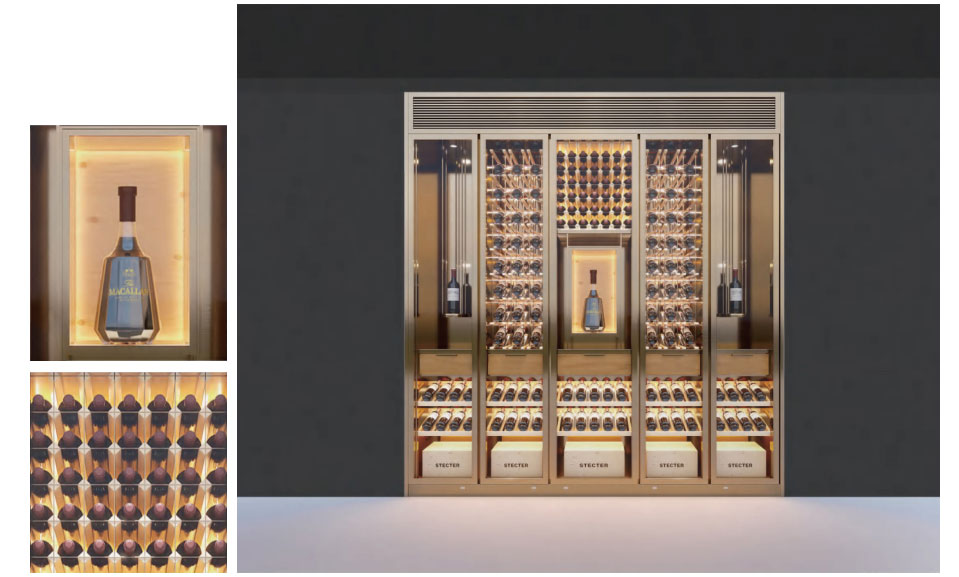
1. Aesthetic Appeal: Modern Elegance vs. Classic Warmth
Wooden wine cabinets have long been associated with tradition, elegance, and warmth. The natural grain, texture, and tones of wood — from rich mahogany to rustic oak — bring a sense of timeless luxury to any space. They create a cozy, classic ambiance, which is why wooden cabinets are often preferred in traditional homes, wine cellars, and vintage-themed restaurants.
On the other hand, stainless steel wine cabinets offer a completely different design language — sleek, minimalist, and contemporary. They integrate seamlessly into modern interiors, adding a refined industrial look that pairs well with glass, stone, and concrete finishes. Stainless steel surfaces also reflect light beautifully, giving a sense of spaciousness and sophistication.
Verdict:
If you prefer traditional charm and warmth, wood might be your top choice.
If your style leans toward modern minimalism and luxury, stainless steel offers the edge.
2. Durability and Longevity: Strength Meets Stability
Durability is a critical factor when choosing a wine cabinet — and this is where stainless steel truly shines. Resistant to corrosion, warping, and cracking, stainless steel wine cabinets can endure decades of use without losing their structural integrity. They are unaffected by moisture and temperature fluctuations, making them ideal for humid environments like kitchens, bars, or basements.
Wooden wine cabinets, while durable, are more vulnerable to environmental changes. Wood can expand, contract, or warp over time when exposed to humidity or fluctuating temperatures. Even with proper sealing, long-term exposure to moisture can lead to mold, rot, or structural weakening.
Verdict:
Stainless steel is virtually indestructible and low-maintenance.
Wood is durable but requires more care and may degrade over time in less-than-ideal conditions.
3. Maintenance and Hygiene: Effortless Care vs. Routine Upkeep
Another significant difference between the two materials lies in their maintenance requirements. Stainless steel wine cabinets are remarkably easy to clean and maintain. Their non-porous surface resists stains, odors, and bacterial growth. A simple wipe with a damp cloth keeps them looking as good as new. This makes them particularly well-suited for commercial environments where hygiene is a top priority, such as hotels, restaurants, and tasting rooms.
Wooden cabinets, in contrast, are more porous and susceptible to absorbing moisture, stains, and odors. They require regular polishing, sealing, and careful cleaning to prevent damage. Spills must be wiped immediately, and humidity levels need to be monitored to protect the wood from swelling or cracking.
Verdict:
Stainless steel is low-maintenance and hygienic, ideal for busy lifestyles or commercial use.
Wood offers natural beauty but needs ongoing care to maintain its condition and appearance.
4. Temperature and Humidity Control: Stability and Precision
Wine storage isn’t just about looks — maintaining the right temperature and humidity is crucial for preserving wine quality. Most modern wine cabinets, regardless of material, include advanced temperature control systems. However, stainless steel’s thermal conductivity allows for more precise and consistent temperature regulation, a major advantage for serious collectors or commercial applications.
Wood, as a natural insulator, can also help maintain stable conditions, but it’s more sensitive to external climate fluctuations. In environments where temperature and humidity are not consistently controlled, wood may not perform as reliably as stainless steel.
Verdict:
Stainless steel offers superior temperature consistency and precision.
Wood provides decent insulation but is more sensitive to environmental changes.
5. Sustainability and Eco-Friendliness: Natural vs. Recyclable
Sustainability is a growing concern for homeowners and businesses alike. Wooden wine cabinets have the advantage of being a renewable, biodegradable resource — provided the wood is sourced responsibly. Many manufacturers use reclaimed or FSC-certified wood, which reduces environmental impact.
Stainless steel, while not renewable, is 100% recyclable and can be reused indefinitely without losing quality. Additionally, its longevity reduces the need for replacements, lowering the overall carbon footprint over time.
Verdict:
Wood is renewable and biodegradable but requires responsible sourcing.
Stainless steel is fully recyclable and offers long-term sustainability benefits.
6. Customization and Design Flexibility: Traditional Craft vs. Precision Engineering
When it comes to customization, wooden wine cabinets offer unmatched versatility in terms of color, finish, and style. They can be stained, painted, or carved to match any interior theme, from rustic farmhouse to French chateau.
Stainless steel wine cabinets, while often associated with a modern aesthetic, are increasingly available in various finishes such as brushed, matte black, or even gold. They can also be customized in size, layout, shelving design, and lighting — offering a clean, tailored look that suits both residential and commercial interiors.
Verdict:
Wood offers traditional design flexibility and rich, natural variation.
Stainless steel provides modern customization options and precise engineering.
7. Cost and Long-Term Value: Short-Term Savings vs. Lifetime Investment
Cost is another factor to consider. Wooden wine cabinets generally have a lower upfront cost, especially if they are made from common wood types. However, the need for maintenance, potential repairs, and eventual replacement can increase their long-term cost.
Stainless steel cabinets often come with a higher initial price tag, but they deliver exceptional long-term value due to their durability, low maintenance, and resistance to wear. For commercial projects or luxury homes, stainless steel can even enhance property value and appeal.
Verdict:
Wood is budget-friendly initially but may cost more in upkeep over time.
Stainless steel requires a higher investment but offers superior long-term value.
Final Verdict: Which Should You Choose?
The choice between stainless steel and wooden wine cabinets ultimately depends on your priorities and preferences.
Choose wood if you value traditional aesthetics, natural materials, and classic design. It’s an excellent option for cozy wine cellars, vintage-style homes, or spaces that prioritize warmth and charm.
Choose stainless steel if you prioritize durability, hygiene, modern style, and long-term value. It’s the ideal choice for contemporary homes, luxury spaces, restaurants, and hotels seeking reliable performance and a sleek, professional appearance.
In many cases, homeowners and designers even combine the two — using stainless steel structures with wood accents — to achieve the best of both worlds.
About Meslier – Leading Stainless Steel Wine Cabinet Manufacturer
Meslier is a leading manufacturer specializing in high-quality stainless steel wine cabinets that combine modern design, advanced functionality, and exceptional durability. With a strong focus on innovation, precision craftsmanship, and sustainable production, Meslier offers a wide range of wine storage solutions tailored to residential, commercial, and hospitality environments.
Each Meslier stainless steel wine cabinet is engineered for precise temperature control, optimal humidity, and long-lasting performance, ensuring that every bottle is stored under ideal conditions. From minimalist home designs to custom hotel wine cabinets and large-scale commercial projects, Meslier provides stylish, corrosion-resistant solutions that elevate wine storage to a new level of sophistication.
If you are seeking reliable, elegant, and high-performance stainless steel wine cabinets, Meslier is the trusted partner for creating modern wine storage solutions that stand the test of time.
Hot News
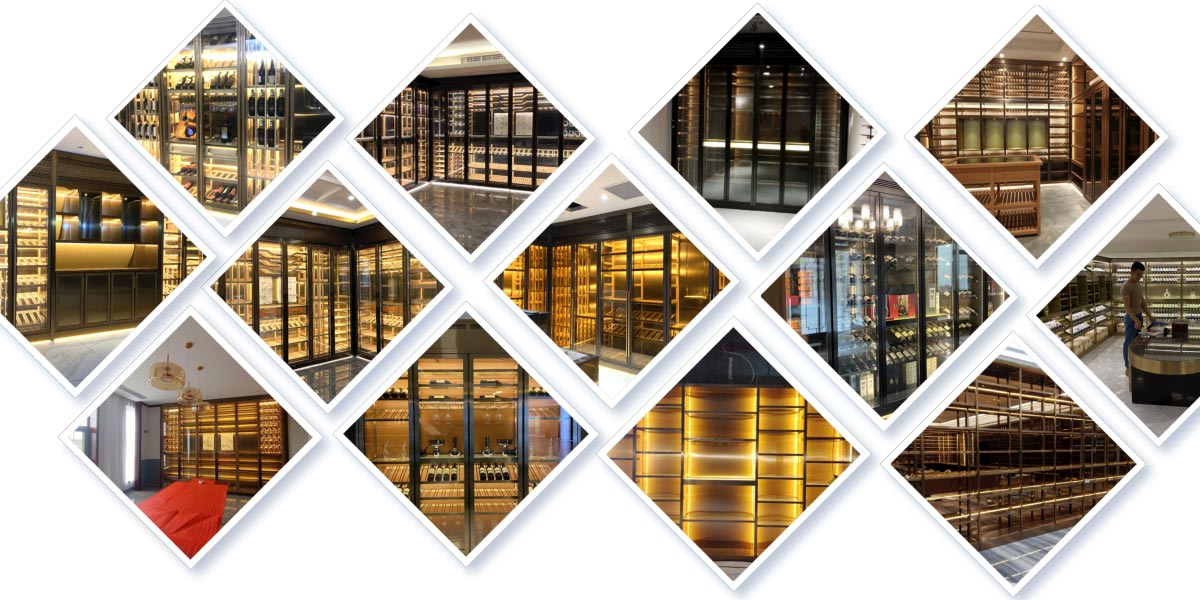
Best Stainless Steel Wine Cabinet for Home
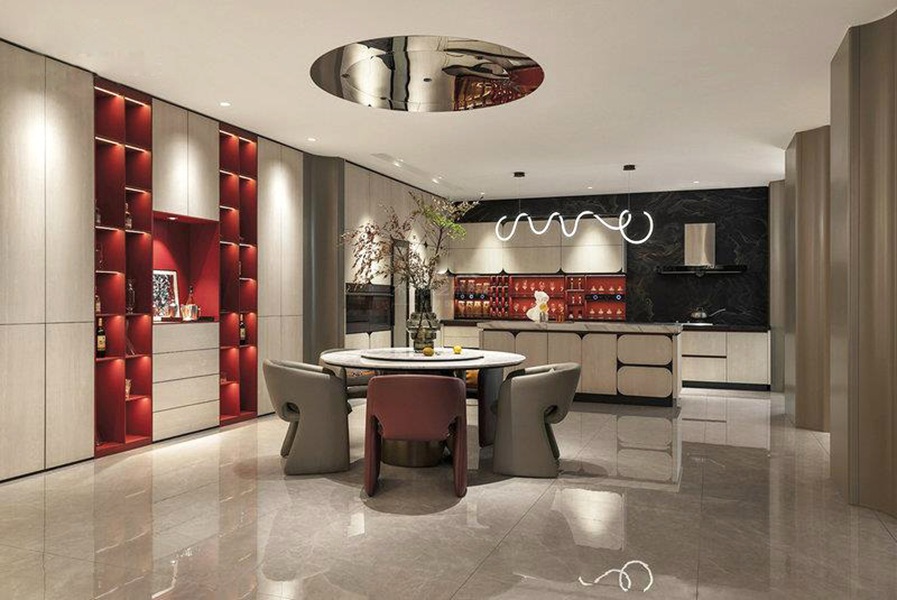
Stainless Steel Cabinets vs. Wood Cabinets: Which is the Better Choice for Your Kitchen?
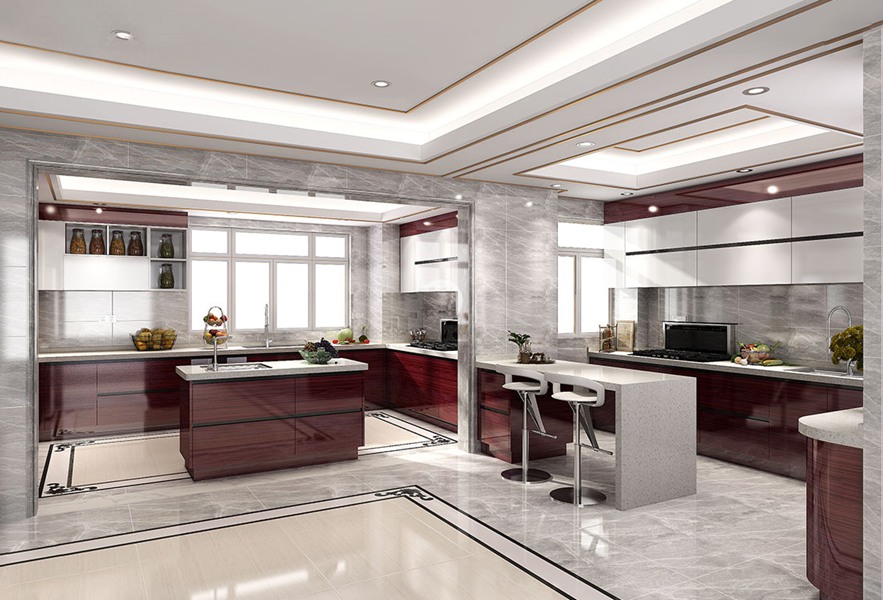
Minimalist Kitchen Design: How Stainless Steel Cabinets Fit the Trend

Creative Uses of Stainless Steel Wall Niches in Contemporary Interiors

Glass Door vs. Solid Door Stainless Steel Wine Cabinets: What’s Best?
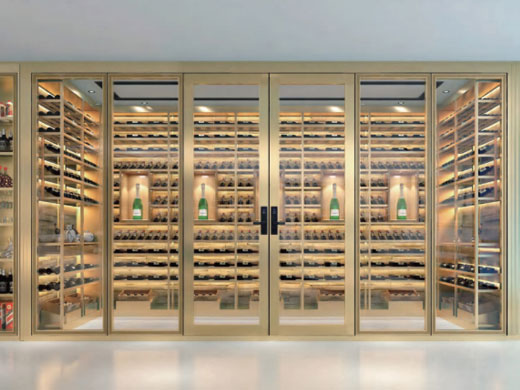
High-End vs. Budget-Friendly Stainless Steel Wine Cabinets: A Buyer’s Guide
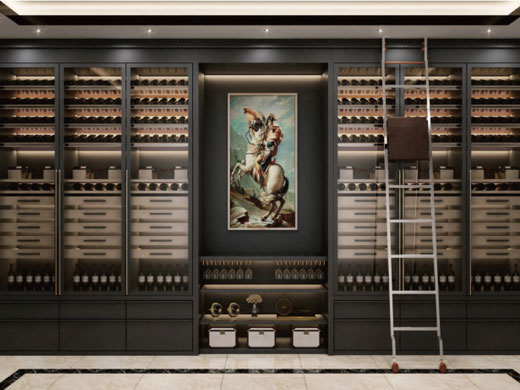
Top Features to Look for in a Stainless Steel Wine Cabinet







